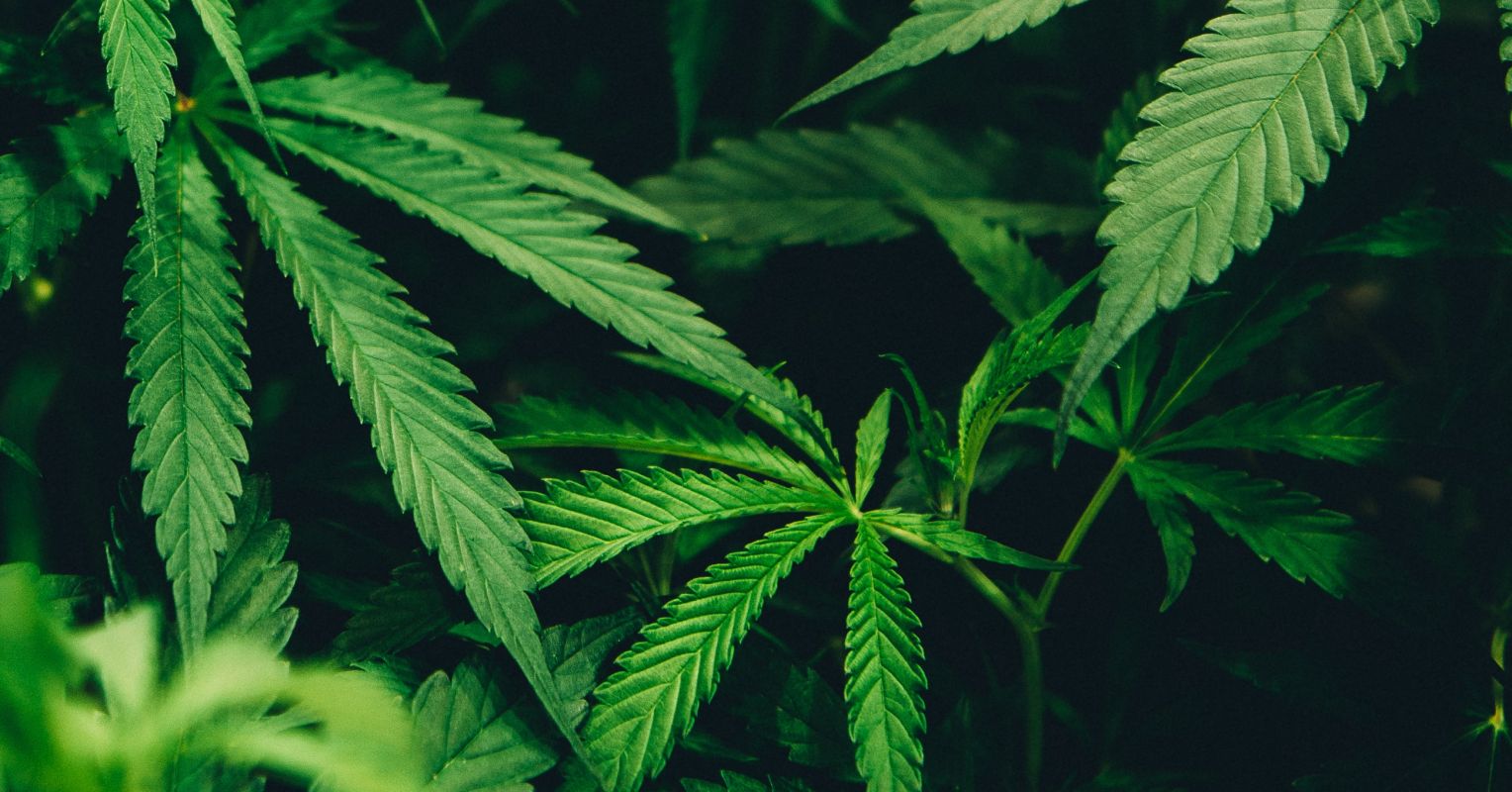
Cannabis can be viewed from two perspectives: objectively and subjectively. The objective view sees facts, while the subjective view sees mystique. Both must be studied to fully understand cannabis.
Three categories of facts are necessary to provide relevant, objective answers to the questions people have about cannabis. There are facts contained only in the basic science literature, facts contained in the clinical literature, and facts about proven medical uses of cannabis and cannabis products.
Basic science research describes the brain’s natural marijuana-like chemistry, consisting of typical neuroreceptors (CB1 and CB2), neurotransmitters (e.g., anandamide), and the enzymes for their synthesis and metabolism.
This entire internal cannabinoid system is uniquely located to regulate the rest of brain chemistry. The amount of anandamide is determined by the level of activity in other neurotransmitter systems. Anandamide produces negative feedback to lessen the activity of other brain neurotransmitters.
A healthy, well-balanced internal cannabinoid system thus keeps other neurotransmitter systems regulated within their normal parameters. THC activates cannabinoid receptors stronger and longer than anandamide, leading to excessive negative feedback on the rest of the brain, thereby producing its typical “high.” With too repeated use, THC reduces the number of cannabinoid receptors, leading to the opposite of feeling high when THC’s effect wears off.
Basic science thus describes the foundation needed to understand facts described in the clinical literature that underlie the medical use of cannabis. For example, while THC produces physical relaxation, lowered anxiety, heightened sense of novelty, increased appetite, and ease of sleep, a reduced number of cannabinoid receptors caused by too frequent THC use leaves people feeling restlessness, anxiety/irritability, boredom, lack of appetite and insomnia.
The impact of chronic THC use alters mental functions generated in areas of the brain where cannabinoid receptors are most densely concentrated. This leads to measurable memory deficits, reduced executive functions (e.g., the ability to think abstractly), decreased sensitivity to subtle emotional cues, reduced motivation, and even addiction.
The third set of facts is summarized in the Academies of Sciences, Engineering, and Medicine’s 2017 review of the evidence for the medical use of cannabis and cannabis products. Their report found strong evidence for its use in treating chronic pain in adults, nausea, and vomiting associated with chemotherapy, and muscle spasms caused by multiple sclerosis.
In addition, CBD has been approved by the FDA to treat two forms of childhood epilepsy. Preliminary evidence also exists for multiple other disease conditions that can benefit from modulating the brain’s natural cannabinoid activity.
These scientific facts were gathered with intense effort to eliminate bias and mere opinion. Objectivity is the highly valued holy grail of science. On the other hand, cannabis users have a diametrically opposite perspective. The multifaceted cannabis culture (i.e., consumers, legalization advocates, industry entrepreneurs, etc.) places the highest value on the direct subjective experience produced by cannabis and the meanings they attribute to this experience.
Of particular interest are the millennia of spiritual associations that stem from cannabis’s capacity to produce mental states that transcend the normal texture of daily experience. Why is this?
Transcendence results from a combination of THC’s interactions with oxytocin (a hormone that enhances social connectedness), the amygdala (to produce relaxation, awe, and novelty), cerebellum (altering the sense of time), cortical areas that produce a sense of certainty, and the frontal lobes to expand the range of focus and lower filtering of otherwise distracting mental images.
Famed astronomer Carl Sagan wrote of his cannabis experience,
I do not consider myself a religious person in the usual sense, but there is a religious aspect to some highs. The heightened sensitivity in all areas gives me a feeling of communion with my surroundings.1
There is power in the word “communion,” defined as the state of sharing or exchanging thoughts and feelings, as well as the experience of being an integral part of something. This is precisely the point for cannabis culture – a community bound by sharing a deeply personal, private, subjective experience.
Subjective emotional life is the repository of our sense of humanity, wonder, and beauty far more than the rationality that motivates science. This communal sharing of subjectively perceived reality lies at the heart of spiritual communities. When education about cannabis relies solely on objective facts, it is viewed suspiciously by cannabis culture as wildly ignorant and missing the main point about cannabis.
A bridge between the objective and subjective realms must be built if cannabis is to be fully understood. We build this bridge more by listening with utterly nonjudgmental curiosity to what people value about their experience with cannabis. Only after someone viewing cannabis through the lens of cannabis culture feels their experience has been heard and respected can they listen, without feeling assaulted, to information about how cannabis produces its “magic” effects might be.
The bottom line is that detailed facts about the science of cannabis are necessary for understanding cannabis but far from sufficient. Without also acknowledging the importance of the mystique people find in the experience of using cannabis, understanding will always be partial. This explains the failure of over-reliance on science in much of cannabis education to impact the behavior of most cannabis users. Subjective experience is emotional, while mere facts are much less so. Both subjective and objective realities must be studied if cannabis is to be understood.
"ingredients" - Google News
January 14, 2022 at 03:17AM
https://ift.tt/31Wq0GF
The 2 Ingredients for Understanding Cannabis - Psychology Today
"ingredients" - Google News
https://ift.tt/2Qstat1
Shoes Man Tutorial
Pos News Update
Meme Update
Korean Entertainment News
Japan News Update
Bagikan Berita Ini














0 Response to "The 2 Ingredients for Understanding Cannabis - Psychology Today"
Post a Comment